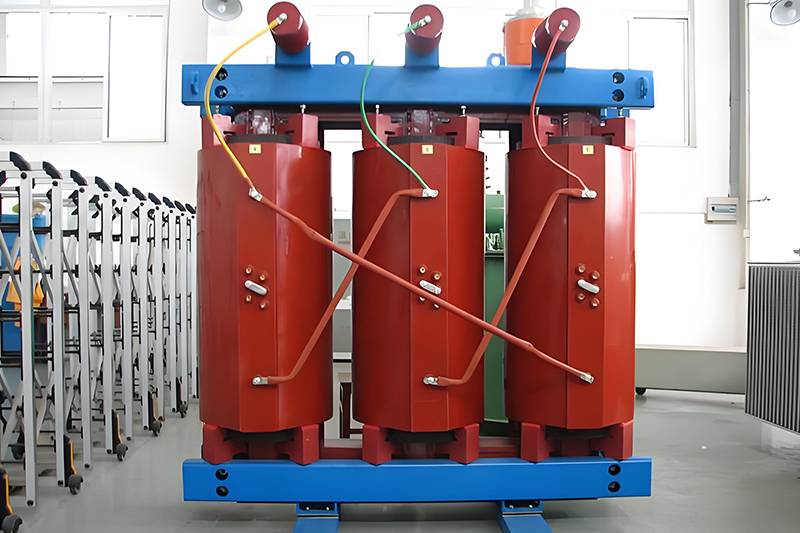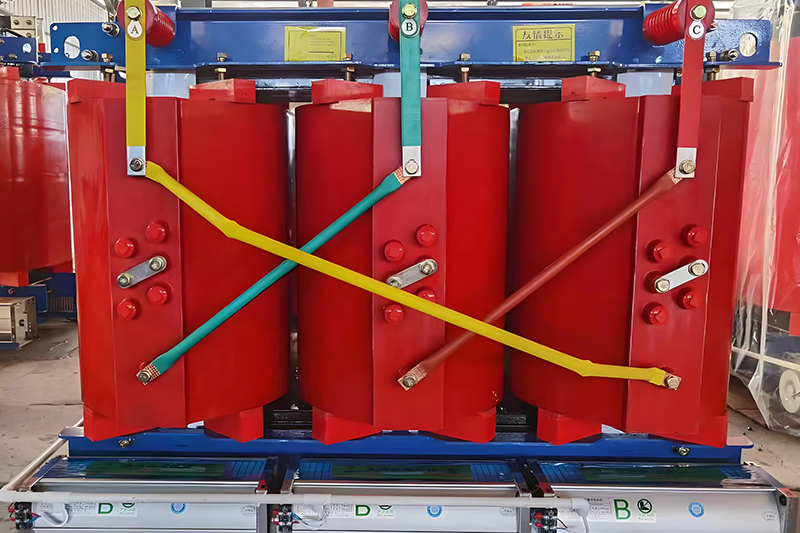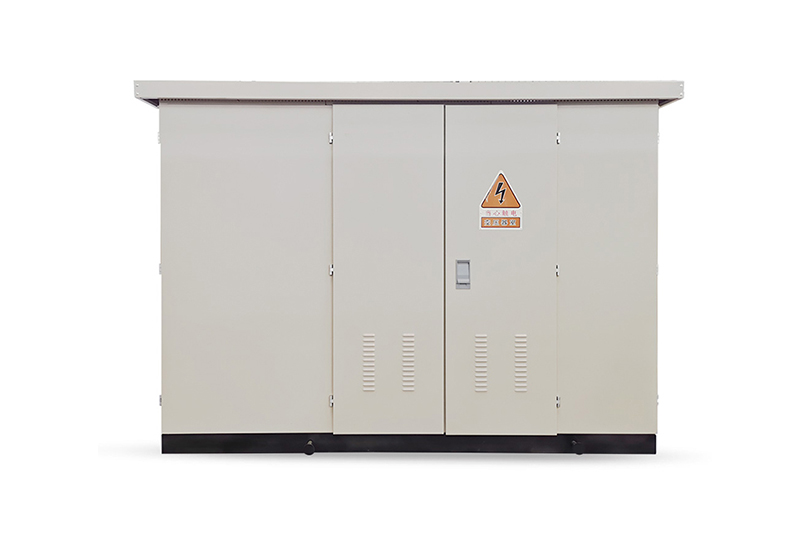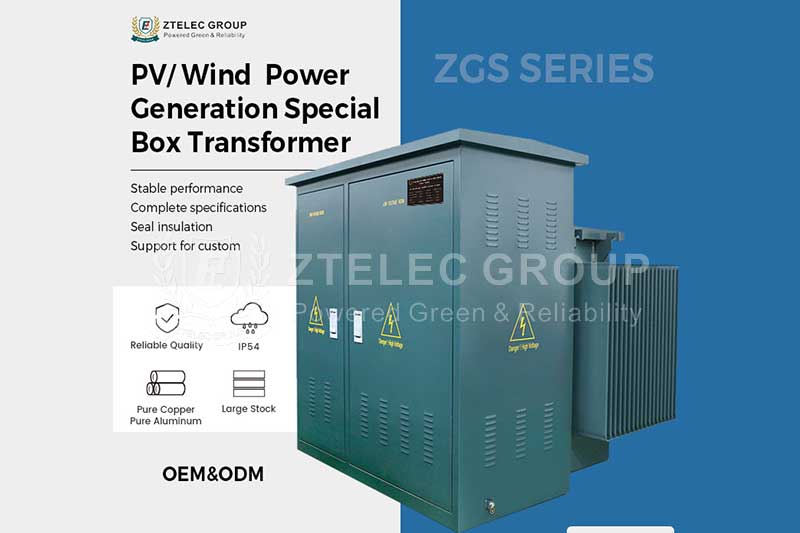Difference Between SCB13-1600/10 and SC(B)18-2500/35 Dry-Type Transformers
Time:2025-08-13 Auther:ZTelec-www.ztelectransformer.com
The SCB13 dry-type transformer meets the Level 1 energy efficiency standards of the 2013 edition of the national standard. For example, a 1000kVA SCB13 model has a no-load loss of 1275W and a loaded loss of 6885W. In contrast, the SCB18 meets the Level 1 energy efficiency requirements of the new 2021 national standard.

The main difference between the old and new standards lies in loss indicators, especially no-load loss and loaded loss. Compared to the SCB13, the SCB18 dry-type transformer reduces no-load loss by an average of 20%, while its loaded loss remains unchanged. This improvement aligns with the new era’s requirements for green energy and sustainable development. As a result, transformers with outdated designs and high energy consumption are being phased out. Therefore, before purchasing a dry-type transformer, it is essential to understand the differences between models and the corresponding standards.
Comparison of Core Parameters
| Parameter | SCB13-1600/10 | SC(B)18-2500/35 |
|---|---|---|
| Rated Capacity | 1600 kVA | 2500 kVA |
| High Voltage Level | 10 kV (Distribution Level) | 35 kV (Transmission Level) |
| Energy Efficiency Standard | 2013 Old National Standard | 2021 New National Standard |
| No-load Loss | Higher (Meets Level 3 Efficiency) | Reduced by 20%-30% (New Standard Level 1) |
| Insulation Class | Class F or H | Class H (Better High-Temperature Resistance) |
| Protection Level | IP20 (Basic Protection) | IP23 (Dustproof + Drip-proof) |
Design Features
SCB13-1600/10
The SCB13 uses foil or layer windings, offering mature technology, a simple structure, and lower production costs. It typically employs Class F or H insulation, meeting 10kV distribution system needs. The IP20 protection level ensures basic safety for indoor environments. This model has a simplified design for cost-sensitive projects.
SC(B)18-2500/35
The SCB18 adopts wire-wound or segmented winding designs for better electric field distribution and reduced losses under high voltage. It uses Class H insulation for better high-temperature resistance and supports long-term high-load operation. Its IP23 protection level provides dust and drip protection, making it suitable for outdoor or semi-outdoor substations. Core material upgrades, such as high-magnetic-induction silicon steel, significantly reduce no-load loss.

Application Scenarios
SCB13-1600/10
Best for 10kV low-voltage distribution systems in commercial buildings, factories, hospitals, and data centers. Suitable for applications with moderate energy efficiency requirements, stable power supply needs, and limited initial budgets. Works well in short-distance power distribution with minimal load fluctuations.
SC(B)18-2500/35
Designed for 35kV medium-voltage transmission systems in urban substations, industrial parks, and renewable energy plants. Ideal for projects with high energy efficiency requirements, such as green buildings, and for long-term full-load operation to lower electricity costs. Suitable for medium- and long-distance transmission with stable, large-capacity loads.
Other Key Considerations
Cooling Method
Both models support natural air cooling (AN) and forced air cooling (AF). The SC(B)18-2500/35, due to higher heat output, relies more on forced air cooling for operational stability.
Noise Control
The SCB18 series achieves 3-5dB lower noise through optimized core lamination and winding fastening, making it better for noise-sensitive environments.
Policy Compliance
With the 2021 GB 20052-2021 standard in effect, outdated high-energy-consuming transformers are being eliminated. The SCB18 series, as a Class 1 energy-efficient product, aligns with national energy-saving policies and avoids the risk of being phased out.




